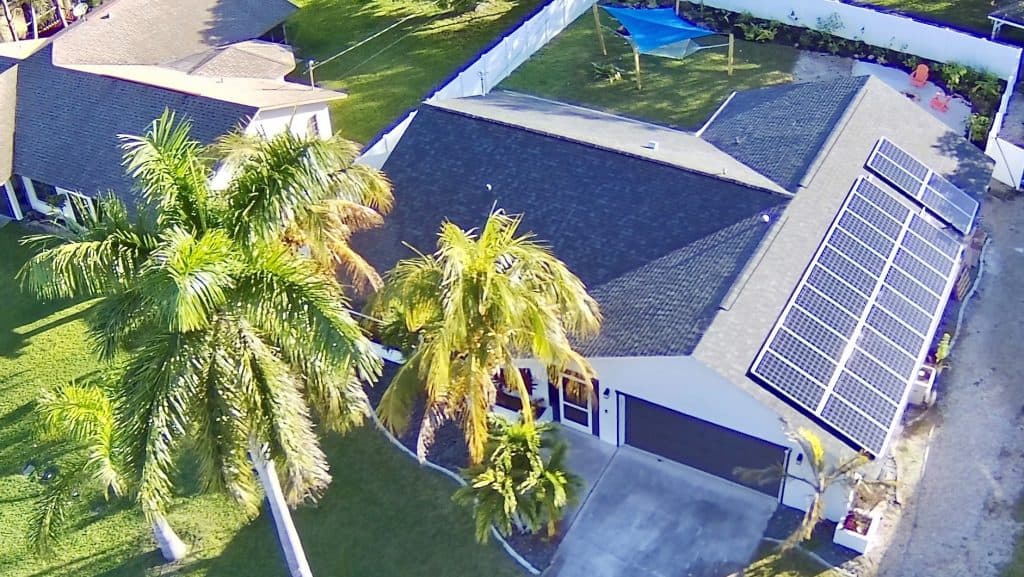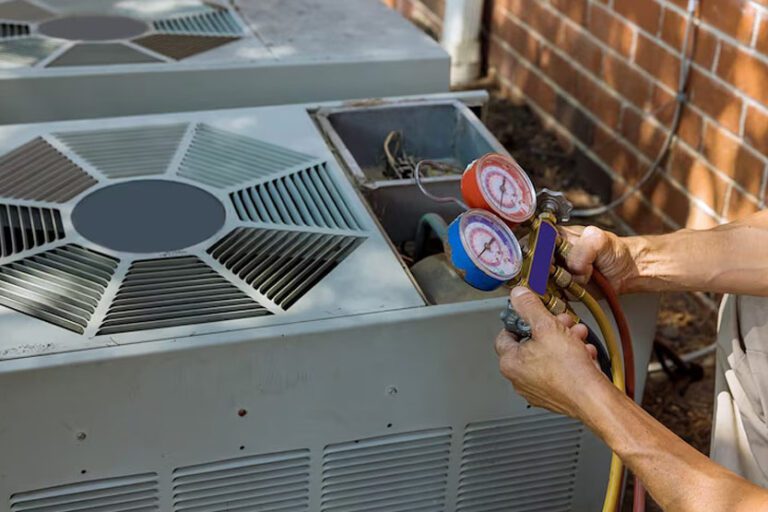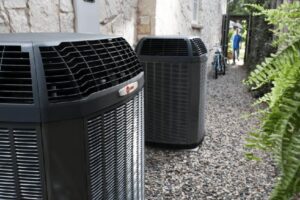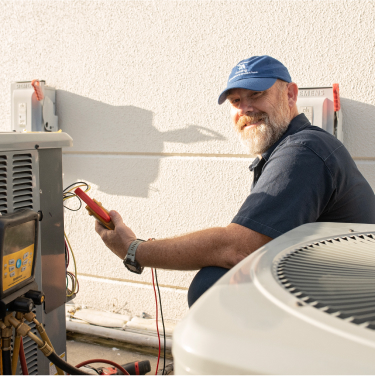Global climate change is today’s most pressing issue and most Americans favor taking meaningful action. Buildings alone are responsible for 40% of the total energy used in the United States. Zero energy homes are one of the cornerstones of a reduced carbon future that is not reliant on fossil fuels.
With a zero energy property, homeowners control the source of their home’s energy with every flip of the light switch. Because zero energy homes are built today to tomorrow’s standards, you’ll enjoy cleaner air and year-round comfort.
Energy or thermal storage technologies capture renewable energy, rather than returning it to the grid. The sun doesn’t shine at night, and the wind is not always blowing, so at these times, the building obtains energy from the grid or onsite storage. Control strategies are essential and utility services such as load shifting and demand response helps to make these investments worthwhile.
The other side of the net-zero equation involves reducing the amount of energy use. The less energy used, the less renewable energy required to offset that demand, and the lower the operating costs. New high-efficiency HVAC and lighting technologies play a significant role in meeting energy targets. HVAC system designers develop strategies that address cooling, heating, and air circulation for occupant comfort.
Four Ways to Define Net-Zero Energy:
Site Energy
- Energy is generated and consumed on-site, regardless of where or how that energy originated.
- A net-zero energy building must generate every unit of energy the building consumes over a year.
Source Energy
- Refers to primary energy needed to extract and deliver energy to a site, including the energy that may be lost or wasted in the process of generation, transmission and distribution.
Net Zero Energy Cost
- The simplest metric to use. Meaning a building has an energy utility bill of $0 over the course of a year. In some cases, building owners or operators may take advantage of selling Renewable Energy Credits (RECs) from on-site renewable generation.
- A Net Zero Energy Emissions building either uses no energy which results in emissions or offsets the emissions by exporting emissions-free energy (typically from on-site renewable energy systems).
Grid Connection And Net Zero
- Most Net Zero Energy Buildings are still connected to the electric grid, allowing for the electricity produced from traditional energy sources (natural gas, electric, etc.) to be used when renewable energy generation cannot meet the building’s energy load.
- Conversely, when on-site energy generation exceeds building energy requirements, the surplus energy should be exported back to the utility grid, where allowed by law.
- Excess energy production offsets later periods of excess demand, resulting in net energy consumption of zero.
Net-Zero Energy Home Benefits
Net-zero energy homes are highly engineered properties that generate the total amount of energy used by the home. They only came into the market when progress in academic research became available about 30 years ago.
- Budget Flexibility: Net-Zero Energy homes provide budget flexibility.
- Comfortable Living Space: Minimizing ecological footprints provides an elevated sense of comfort and the ability to feel truly at home.
- Energy Bills: Energy bill savings is one of the major benefits of building Net Zero Energy homes. Because they are built as efficiently and effectively as possible, Net Zero Energy homes do not require energy from the energy grid.
- Home Orientation: Net-Zero energy homes are well known in the eco-conscious building community.
- Increased Resale Value: Markets gravitate towards trends, and as the popularity of Net Zero Energy homes increase, so will their resale value.
- Minimizing Ecological Footprint: Net-Zero Energy homes help with finances – but the real beneficiary is the environment.
Southwest Florida’s Most Trusted HVAC Company | Caloosa Cooling
Calossa Cooling has delivered high-quality HVAC products and services to residential and commercial customers in North Port, Florida since 2001. We stand behind our work and are committed to customer satisfaction.
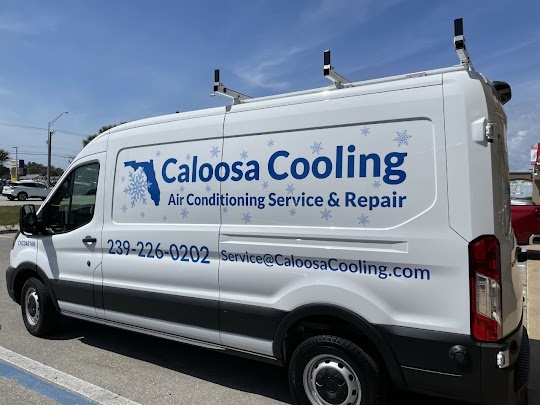
Calossa Coolinghigh-efficiency equipment delivers capacity modulation to precisely match needed heating and cooling. Modulating air conditioning systems provide lower energy consumption, improved humidity control, better air quality, and more comfortable environments.
Caloosa Cooling HVAC technicians work with state-of-the-art compressors, fans, pumps, and advanced controls to meet net-zero energy goals. The result is a more efficient system that uses less energy and saves operational costs.
Discover more by calling Calossa Cooling at 239-226-0202 or visit us online at https://www.caloosacooling.com/contact-us.html.



